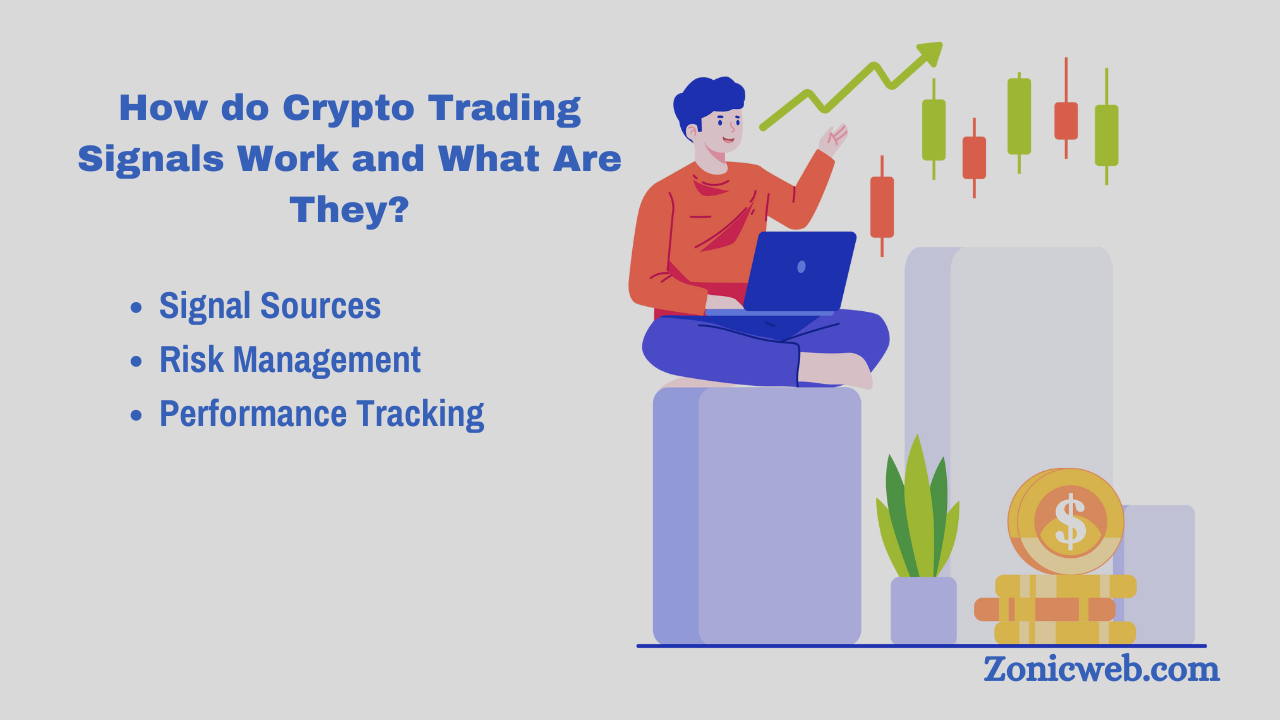Signals or alerts for cryptocurrency trading suggest when to buy or sell a particular cryptocurrency. Technical analysis, market sentiment analysis, or a combination of the two are often used to generate these signals, which give traders useful information for making informed decisions. Your trading strategy can be improved and your profitability could possibly rise if you know how to use these signals effectively.
Specific information like the asset to be traded, the entry price, the target price, and stop-loss levels are typically included in trading signals. Target price indicates where to sell for a profit, while entry price is the price point at which traders are advised to initiate a position. Because they define the price point at which a position should be closed to limit losses, stop-loss levels are essential for risk management.
Crypto trading signals come from a variety of different places. Signals are a specialty of many platforms and services, often derived from sophisticated algorithms, historical data, and market trends. While some traders prefer to follow experienced traders or analysts on social media and trading forums, others prefer to rely on automated trading bots that generate signals based on predefined criteria.
It is essential to approach trading signals with a critical mindset when using them. The quality of signals can vary significantly from one source to the next, and not all signals are created equal. Consider factors like accuracy, consistency, and the reasoning behind the signals when assessing the signal provider’s track record. Instead of relying solely on advice from outside sources, many seasoned traders recommend combining signals with your own analysis to confirm potential trades.
When using trading signals, timing is another important factor. Prices in the cryptocurrency market can change quickly and are highly volatile. When you get a signal, it can be important to act quickly to take advantage of potential opportunities. You can make it easier to respond quickly to new signals as they come in by setting up notifications or alerts.
When trading on signals, risk management should also always come first. Losses can occur even when signals are trustworthy. As a result, it’s critical to set appropriate stop-loss levels and the size of your position based on your risk tolerance. Your capital will be safeguarded and you will be able to take advantage of future opportunities if you follow this strategy.
When using signals, keeping a trading journal can also be helpful. You can examine your performance over time by documenting your trades, including the signals that prompted them and the outcomes. This practice can help you improve your trading skills by helping you find patterns, learn from your mistakes, and improve your strategy.
In conclusion, crypto trading signals are useful tools for determining when to buy and sell in the volatile cryptocurrency market. You can improve your trading efficiency by comprehending the components of these signals, evaluating their sources, and incorporating them into your own analysis and risk management strategies. Utilizing trading signals can become an essential component of a successful crypto trading strategy with careful consideration and practice.
